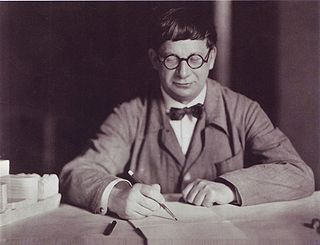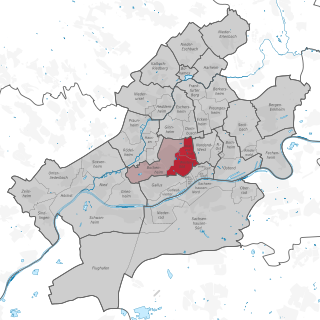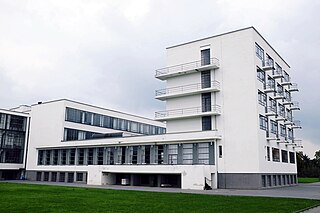
Sir Edwin Landseer Lutyens was an English architect known for imaginatively adapting traditional architectural styles to the requirements of his era. He designed many English country houses, war memorials and public buildings. In his biography, the writer Christopher Hussey wrote, "In his lifetime (Lutyens) was widely held to be our greatest architect since Wren if not, as many maintained, his superior". The architectural historian Gavin Stamp described him as "surely the greatest British architect of the twentieth century".

Goethe University Frankfurt is a university located in Frankfurt am Main, Germany. It was founded in 1914 as a citizens' university, which means it was founded and funded by the wealthy and active liberal citizenry of Frankfurt. The original name in German was Universität Frankfurt am Main. In 1932, the university's name was extended in honour of one of the most famous native sons of Frankfurt, the poet, philosopher and writer/dramatist Johann Wolfgang von Goethe. The university currently has around 45,000 students, distributed across four major campuses within the city.
The year 1929 in architecture involved some significant architectural events and new buildings.
The year 1926 in architecture involved some significant architectural events and new buildings.
The year 1928 in architecture involved some significant architectural events and new buildings.
The year 1991 in architecture involved some significant architectural events and new buildings.
The year 1950 in architecture involved some significant architectural events and new buildings.
The year 1972 in architecture involved some significant architectural events and new buildings.
The year 1921 in architecture involved some significant architectural events and new buildings.
The year 1922 in architecture involved some significant architectural events and new buildings.
The year 1924 in architecture involved some significant architectural events and new buildings.
The year 1901 in architecture involved some significant events.
The year 1931 in architecture involved some significant events.

Hans Poelzig was a German architect, painter and set designer.

Westend-Nord and Westend-Süd are two city districts of Frankfurt am Main, Germany. The division into a northern and a southern part is mostly for administrative purposes as the Westend is generally considered an entity. Both city districts are part of the Ortsbezirk Innenstadt II.

The IG Farben Building – also known as the Poelzig Building and the Abrams Building, formerly informally called The Pentagon of Europe – is a building complex in Frankfurt, Germany, which currently serves as the main structure of the West End Campus of the University of Frankfurt. Construction began in 1928 and was complete in 1930 as the corporate headquarters of the IG Farben conglomerate, then the world's largest chemical company and the world's fourth-largest company overall.

The New Objectivity is a name often given to the Modern architecture that emerged in Europe, primarily German-speaking Europe, in the 1920s and 30s. It is also frequently called Neues Bauen. The New Objectivity remodeled many German cities in this period.
The year 2015 in architecture involved some significant architectural events and new buildings.
The year 2019 in architecture involved some significant architectural events and new buildings.
The year 2016 in architecture involved some significant architectural events and new buildings.








